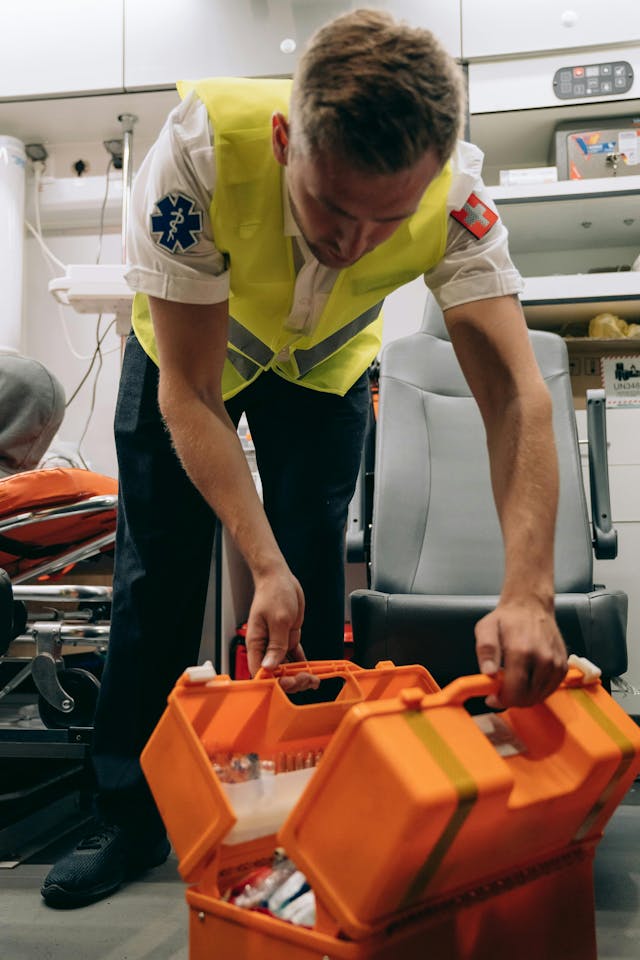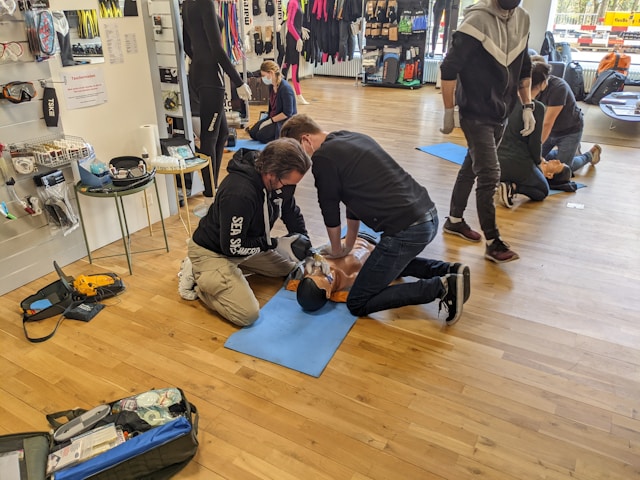Introduction to emergency care
To fight a medical emergency, time is the key. Rushing to the EmergCare Australia room may seem to be an overwhelming thought but with proper realization of how the emergency care system functions, the situation can be less terrifying. It might be some kind of accident or even an unforeseen disease, but you should know what will happen next, and when to find assistance to those problems. In this guide, we shall demystify all that you need to know about going through the world of emergency care so that when an emergency happens, you feel ready. Let us jump in!

Kinds of Emergencies and When to get Care
Emergencies may arrive in different forms and it is therefore imperative to know when help is needed. Such conditions as chest pain, shortness of breath or severe injuries to the head are life-threatening and should be helped immediately. The scenarios could be signs of critical situations that require immediate treatment.
There are non life-threatening emergencies as well. Sprains, small fractures, severe vomiting may not appear as a serious problem, yet still require emergency room visit. Neglecting them may result in problems in future.
It also should not ignore mental health crisis. When a person has suicidal tendencies or shows a great amount of anxiety, immediate professional help has to be sought.
Being able to identify the symptoms of an emergency would save lives and injury. Knowledge concerning the definition of an emergency will guide patients in making informed decisions concerning their health needs in no time. You never know your instincts; when you feel something is wrong do not hesitate to check it out with the medical expert.

Expecting to Find in the Emergency Room
The emergency room is fast paced, expect this when you get there. Registration entails the first step in which personnel will inquire about your symptoms and other health issues. This assists in prioritization of the cases on the basis of urgency.
Your condition is typically assessed shortly afterwards by a triage nurse. They evaluate the degree of your emergency and identify the time that you will need to wait to get a doctor. It is important to remember that when your condition is of a serious nature, though expressed in terms of treating an unwell patient, the staff might handle the situation by getting other patients with life-threatening problems done first.
As soon as you are brought into one of the examination rooms, a doctor will take a good look at you. They can inquire about the reason that has brought you in and past health issues. Diagnostic tests such as blood work or imaging studies may be requested as well to have a better sense of what you are dealing with.
Depending on the diagnosis treatment may differ widely. This may just be the administration of medication or follow-up care advice or it may require more involved measures such as interventions or even admission.
Although waiting may be frustrating, do not forget that the procedure is user-friendly and is all about promoting patient safety and successful delivery of care. Being aware of these steps, one can deal with some level of anxiety during such stressful moments, as one knows what to expect next, and the patient can concentrate on the recovery process alone.










Leave a comment